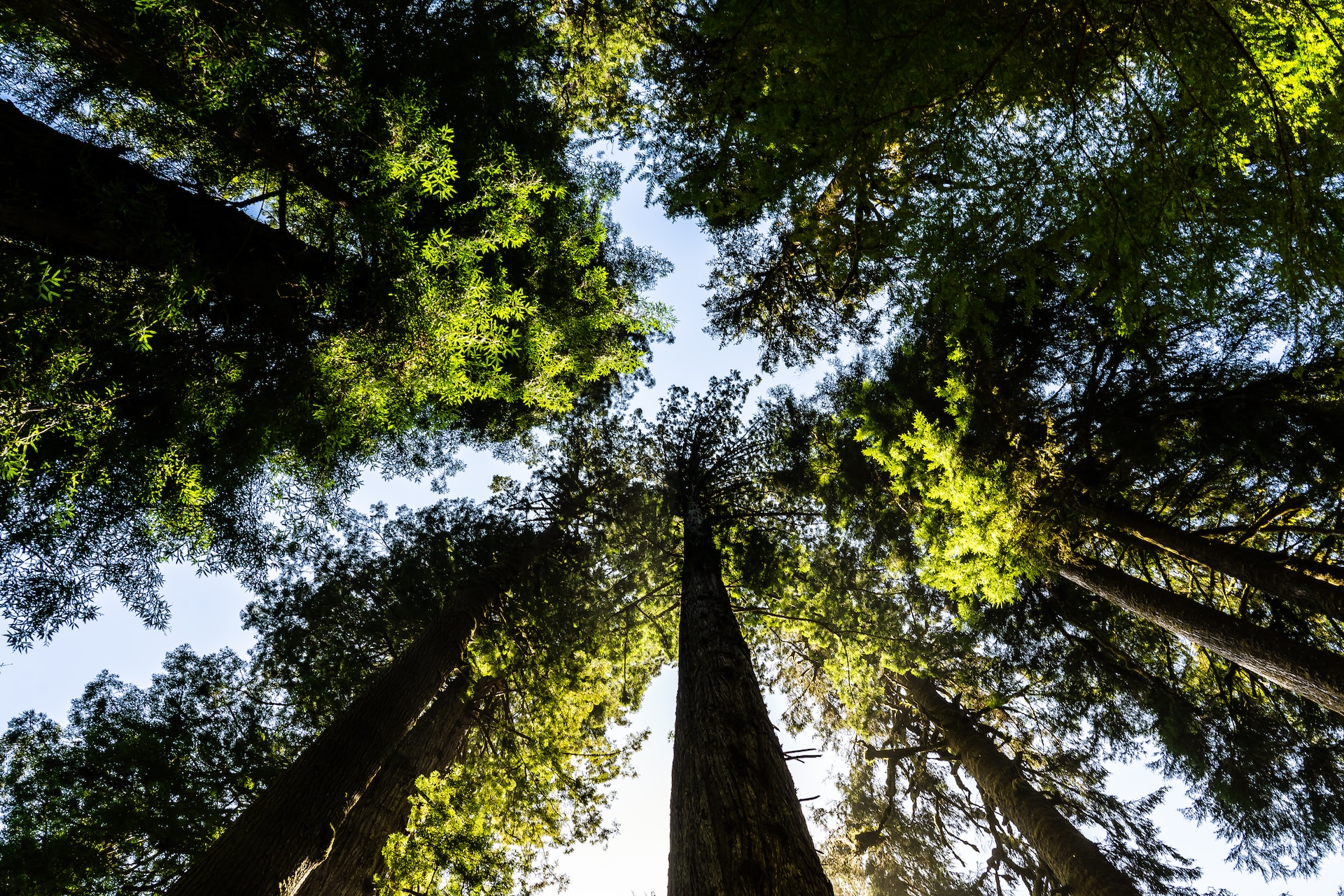In recent decades, the world has witnessed the far-reaching consequences of climate change. Rising temperatures, changing precipitation patterns, and extreme weather events have become the new norm. While the direct impacts on human societies are well-documented, it is essential to shed light on the equally alarming consequences for Earth’s biodiversity. In this blog post, we will explore the intricate relationship between climate change and biodiversity loss, highlighting the current state of affairs and the potential future scenarios.
Understanding Biodiversity
Biodiversity refers to the variety of life forms on Earth, encompassing the richness of species, genetic diversity within species, and the diversity of ecosystems. It plays a fundamental role in maintaining ecological balance and the overall health of the planet. However, climate change poses a severe threat to this delicate web of life.
Disruption of Ecosystems
Climate change disrupts ecosystems in various ways. One of the most significant impacts is the alteration of temperature and precipitation patterns, leading to shifts in habitats. Many species have specific temperature and moisture requirements, and as these conditions change, their habitats become inhospitable.
For instance, rising temperatures have caused coral bleaching events, leading to the destruction of coral reefs, which are among the most diverse ecosystems on the planet. Similarly, certain bird species that rely on specific temperature ranges for breeding and migration are facing challenges as their habitats change.
Range Shifts and Species Extinction
As habitats change, species are forced to adapt or move to new areas to survive. This can result in range shifts, where species migrate to higher latitudes or altitudes in search of suitable conditions.
However, many species are unable to move quickly enough to keep pace with the rate of climate change, leading to isolation, reduced population sizes, and, ultimately, extinction.
Studies have shown that the current rate of species extinction is unprecedented in human history, largely driven by habitat loss and fragmentation caused by climate change.
Loss of Keystone Species
Climate change can disrupt the delicate balance within ecosystems by impacting keystone species. These species, often at the top of the food chain or with significant ecological roles, have a disproportionate impact on the overall functioning of their ecosystems.
For instance, polar bears in the Arctic are considered a keystone species because they regulate populations of seals and other marine mammals. However, as sea ice diminishes due to warming temperatures, polar bears face habitat loss and reduced access to their primary prey. The decline of polar bears could have cascading effects on the entire Arctic food web.
Disruption of Symbiotic Relationships
Symbiotic relationships, such as pollination and seed dispersal, are vital for the survival and reproduction of many plant species.
However, climate change can disrupt these relationships. For example, as temperatures warm, the timing of flowering plants may change, but the migratory patterns of their pollinators may not align with the new timing. This can lead to a mismatch, where plants may not receive adequate pollination, ultimately affecting their ability to reproduce and maintain their populations.
Additionally, warmer temperatures can influence the interactions between species, such as predator-prey relationships, and disrupt the delicate balance that has evolved over millennia.
Climate change can alter the distribution and prevalence of certain diseases and parasites. For example, warmer temperatures and altered precipitation patterns can create favorable conditions for the proliferation of ticks, fleas, and mosquitoes, increasing the risk of vector-borne diseases such as Lyme disease, heartworm, and West Nile virus in pets.
Changes in disease patterns may require pet owners to take additional preventive measures and stay vigilant to protect their pets’ health.
Conservation Challenges and Solutions
Addressing the impacts of climate change on biodiversity poses significant challenges. Firstly, there is a need to reduce greenhouse gas emissions and mitigate climate change itself. This requires a global commitment to transitioning to renewable energy sources, reducing deforestation, and adopting sustainable practices across sectors.
In addition to climate mitigation, conservation efforts must also focus on building resilience within ecosystems. This involves protecting and restoring critical habitats, establishing corridors to facilitate species movement, and implementing adaptive management strategies.
Conservation organizations and governments must work together to create protected areas, enforce regulations, and promote sustainable land-use practices.
Furthermore, public awareness and education play a vital role in conservation. Efforts should be made to increase understanding of the importance of biodiversity and the urgency of addressing climate change. Engaging local communities, scientists, policymakers, and businesses in collaborative efforts can lead to effective conservation initiatives.
Conclusion
Climate change is a global crisis that threatens the very fabric of life on Earth. The impacts on biodiversity are already apparent and alarming. From the disruption of ecosystems to the loss of keystone species and the breakdown of symbiotic relationships, the consequences are far-reaching.
However, by acknowledging the urgency of the situation, implementing mitigation measures, and prioritizing conservation efforts, we can strive to protect and restore the incredible diversity of life that sustains our planet.
Preserving biodiversity is crucial not only for the health of ecosystems but also for the well-being and survival of future generations. The time to act is now.

